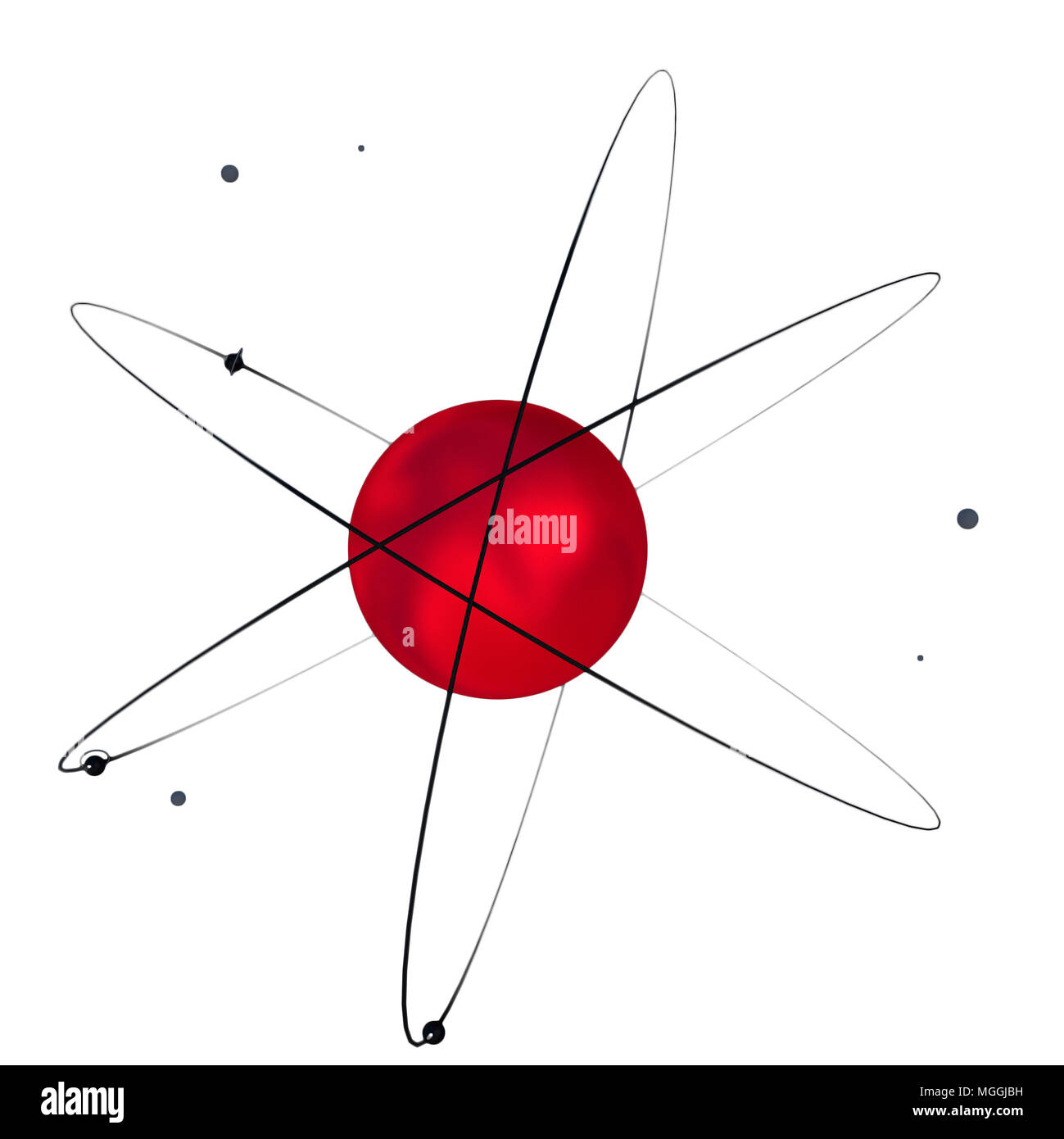
Just be sure to check always use for thisĪnd it opens a notepad with the projection and CRS information. If it prompts you to choose a program from the list/installed programs select Notepad. Right click on the layer>Properties>Metadata Tab and then look under Layer Spatial Reference System. To see the CRS of your layer there are a few options. Or you can choose a new CRS from the list (Selected CRS) You can set it to the project (Project CRS) You can either save it with the CRS it is in (Layer CRS) To change the CRS of a layer it needs to be saved with a new CRS. Keep in mind you can not change the units as these will be set by the CRS you choose. When on the fly is enable these options will gray out and then you will be allowed to set the projection for the project. When this option is turned off the layers will project as is and you can also change the project units. This does not actually change the coordinate system ofįor this example on the fly is not selected. This tutorial explores some basic raster operations in QGIS such as viewing, mosaicing and subsetting. ‘On the fly projection’ in quantum means that the as the layers for the project are added they will be projected in whatever coordinate reference system you have chosen. To set the projection for an entire project They can create distorted maps or any analysis of the information can be incorrect. Click OK, and the new shapefile will be added to the map.Projection is very important when creating maps.For this example, the input vector layer is the nationwide census tracts, the clip layer is the NC state boundary.Output shapefile: the folder where you want to save the new shapefile to and the name of the new shapefile.This will typically be a state, country, etc. Clip layer: the boundary you want to clip the input layer to.Input vector layer: the larger shapefile.There are 3 areas to this tool you will need to be concerned with:.Click the Vector menu at the top of the QGIS program, mouse-over Geoprocessing Tools, and click Clip.(With the Spatial Query tool you have not changed the dataset or created a new shapefile, it is only a visual change.) This tool creates a new shapefile whereas the Spatial Query only displays the new information. For this example, I have nationwide census tracts and a North Carolina state boundary, and I want a layer of just the census tracts in North Carolina. At least in some versions of QGIS, they will need to be in the same projection. To use the Clip tool, you will need 2 shapefiles.Under "Encoding you will need to check "Save only selected features." Click OK. You will need to specify an output location under the Save as area.Right click the larger layer that has the selected features (i.e.U sing the same data from above, it will be North Carolina. Set the "Reference features of" option to the layer you want the input features to be clipped to (i.e., the "cookie cutter" layer).Set the "Where the feature" option to "Within." **NOTE: this option changes amongst the different QGIS versions and you should use the one that makes the most sense to you.**.Set the "Select source features from" to the larger dataset (using the same data from above, it will be the census tracts).Click Vector menu, Spatial Query, and click Spatial Query.Also make sure the box next to Spatial Query Plugin is checked.
CUT IN QUANTUM GIS INSTALL
Type Spatial Query in the Search box, select Spatial Query, and click Install Plugin at the bottom of the screen.Go to the Plugins menu at the top of QGIS, and click "Manage and Install Plugins." You will need to add the Spatial Query plugin.You can remove the query by going back to the Query Builder and clearing the expression.Click OK to close the Query Builder and click OK to close the Layer Properties.




 0 kommentar(er)
0 kommentar(er)
